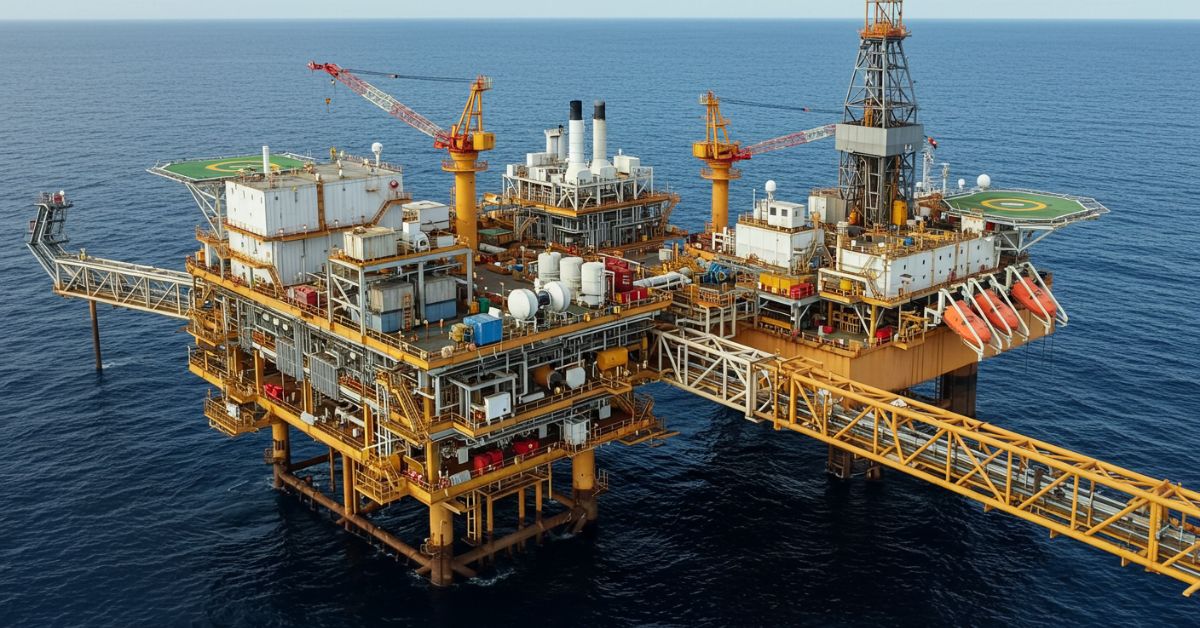Deep Offshore Technology: Innovations in Offshore Exploration
Contents
The Use of Autonomous Underwater Vehicles (AUVs)
Autonomous Underwater Vehicles (AUVs) are transforming deep offshore exploration. These unmanned robots can dive to extreme depths, performing tasks that were once impossible or dangerous for human divers.
Equipped with advanced sensors and imaging technology, AUVs gather data on the seafloor’s geology and ecology. They provide real-time insights into underwater landscapes, helping scientists map areas previously shrouded in mystery.
Their ability to operate autonomously allows continuous monitoring of vital regions without needing constant human oversight. This efficiency means more extensive surveying in shorter time frames.
Moreover, AUVs play a crucial role in safety by reducing risks associated with human operations. They can explore hazardous environments where conditions may be unpredictable or hostile.
As these vehicles evolve, their integration into offshore projects will likely become even more seamless, enhancing our understanding of oceanic ecosystems while minimizing environmental impact.
Subsea Robotics and Remote Operations
Subsea robotics have revolutionized offshore exploration. These advanced machines can operate in extreme conditions where human divers cannot venture. With their precision and agility, they perform various tasks, from inspection to maintenance.
Remote operations are enhancing efficiency in this field. Operators can control robots from thousands of miles away, significantly reducing risks associated with deep-sea work. Real-time data transmission ensures that decisions are made swiftly and accurately.
The integration of artificial intelligence is pushing boundaries even further. AUVs equipped with AI can adapt to changing environments autonomously, providing valuable insights into underwater ecosystems and geological formations.
These innovations not only improve safety but also lower operational costs. As technology evolves, the role of subsea robotics will continue to expand, unlocking new potential for resource extraction while addressing environmental concerns effectively.
Floating Production Systems (FPS)
Floating Production Systems (FPS) have transformed offshore oil and gas extraction. These innovative platforms are designed to operate in deeper waters, where traditional methods face challenges.
FPS units are anchored to the seabed but float on the surface, allowing them to adapt easily to changing sea conditions. This flexibility is crucial for operations in harsh environments like the North Sea or deep-water Gulf of Mexico.
They come equipped with advanced processing facilities that can separate oil, gas, and water onboard. This capability reduces transportation costs and enhances efficiency.
Moreover, FPS technology minimizes environmental impact by enabling producers to access resources with less infrastructure onshore. As exploration ventures further into deep waters, Floating Production Systems will play an essential role in meeting global energy demands while maintaining safety standards.
Environmental Considerations
Environmental considerations are becoming increasingly critical in deep offshore technology. As exploration ventures further into the ocean depths, the potential impact on marine ecosystems raises significant concerns.
Operators must prioritize sustainability and adopt practices that minimize disturbances to delicate underwater habitats. Innovations like real-time monitoring systems can help detect changes in marine life or water quality, allowing for swift action when necessary.
Moreover, advancements in materials reduce the risk of leaks and accidents. Using eco-friendly alternatives ensures that operations do not leave a lasting negative footprint.
Collaboration with environmental organizations is essential. Engaging local communities and scientists fosters transparency and builds trust while enhancing conservation efforts.
Balancing economic interests with ecological responsibility will define the future of deep offshore exploration. The industry faces both challenges and opportunities as it navigates these complex waters.
Future of Deep Offshore Technology
The future of deep offshore technology is poised for transformative growth. As energy demands escalate, companies are investing heavily in innovative solutions to explore untapped resources.
Artificial intelligence will play a pivotal role. Enhanced data analytics will optimize exploration processes and reduce risks associated with deep-sea operations.
Sustainability will be at the forefront. The industry is increasingly focused on minimizing environmental impacts through eco-friendly practices and technologies.
Moreover, advancements in materials science could lead to stronger, lighter equipment capable of withstanding extreme underwater conditions. This would improve efficiency while enhancing safety protocols.
Collaboration between tech companies and traditional oil firms is expected to drive breakthroughs as they share expertise and resources.
As we look ahead, the integration of renewable energy sources into offshore platforms may redefine how we harness oceanic power sustainably.






